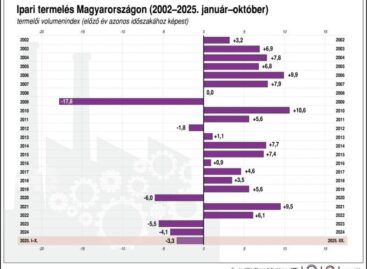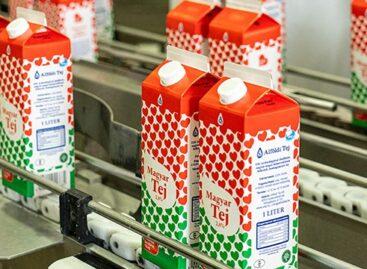Foreign direct investment in Central, Eastern and Southeastern Europe fell by a quarter last year
Foreign direct investment in Central, Eastern and South-Eastern Europe fell by a quarter last year, according to a newly published study by the Vienna-based wiiw economic research institute. However, some countries, including Hungary, saw an increase.
 Foreign direct investment (FDI) in Central, Eastern and South-Eastern Europe fell significantly in 2024.
Foreign direct investment (FDI) in Central, Eastern and South-Eastern Europe fell significantly in 2024.
Compared to the previous year, the investment value fell by about a quarter, from around 100 billion euros to just over 75 billion euros, according to a recent report by the Vienna Institute for International Economic Studies (wiiw).
The decline was also 24 percent in the region’s EU member states.
The decline in foreign direct investment hit Poland particularly hard, where the decline was 48 percent.
“The crisis in German industry and the uncertainties surrounding Donald Trump’s second presidential term clearly had their effects on the region last year,” says Olga Pindyuk, wiiw economist and author of the report.
In Ukraine, the decline was 26 percent, but the country should be considered a special case due to the war.
Despite the general negative trend, the amount of foreign investment increased in some countries, primarily due to electric car and battery production projects by Chinese companies in Slovakia and Hungary.
Foreign investment increased by 7.9 percent in the Czech Republic, 38.7 percent in Croatia, 5.1 percent in Hungary, and 28.8 percent in Lithuania last year. In Slovakia, the investment value was ten times higher than in the previous year.
Related news
Large companies expect easing inflationary pressures and decreasing public burdens
🎧 Hallgasd a cikket: Lejátszás Szünet Folytatás Leállítás Nyelv: Auto…
Read more >The GKI business climate index closed 2025 at a one and a half year high
🎧 Hallgasd a cikket: Lejátszás Szünet Folytatás Leállítás Nyelv: Auto…
Read more >KSH: industrial production decreased by 2.7 percent in October compared to the same period of the previous year, and increased by 0.5 percent compared to the previous month
🎧 Hallgasd a cikket: Lejátszás Szünet Folytatás Leállítás Nyelv: Auto…
Read more >Related news
Crowds return to stores: margin cap and year-end preparations drive retail traffic
🎧 Hallgasd a cikket: Lejátszás Szünet Folytatás Leállítás Nyelv: Auto…
Read more >The kings of the New Year’s Eve list: hot dogs and champagne in abundance
🎧 Hallgasd a cikket: Lejátszás Szünet Folytatás Leállítás Nyelv: Auto…
Read more >The Alföldi Tej case is drifting towards an uncertain outcome
🎧 Hallgasd a cikket: Lejátszás Szünet Folytatás Leállítás Nyelv: Auto…
Read more >






